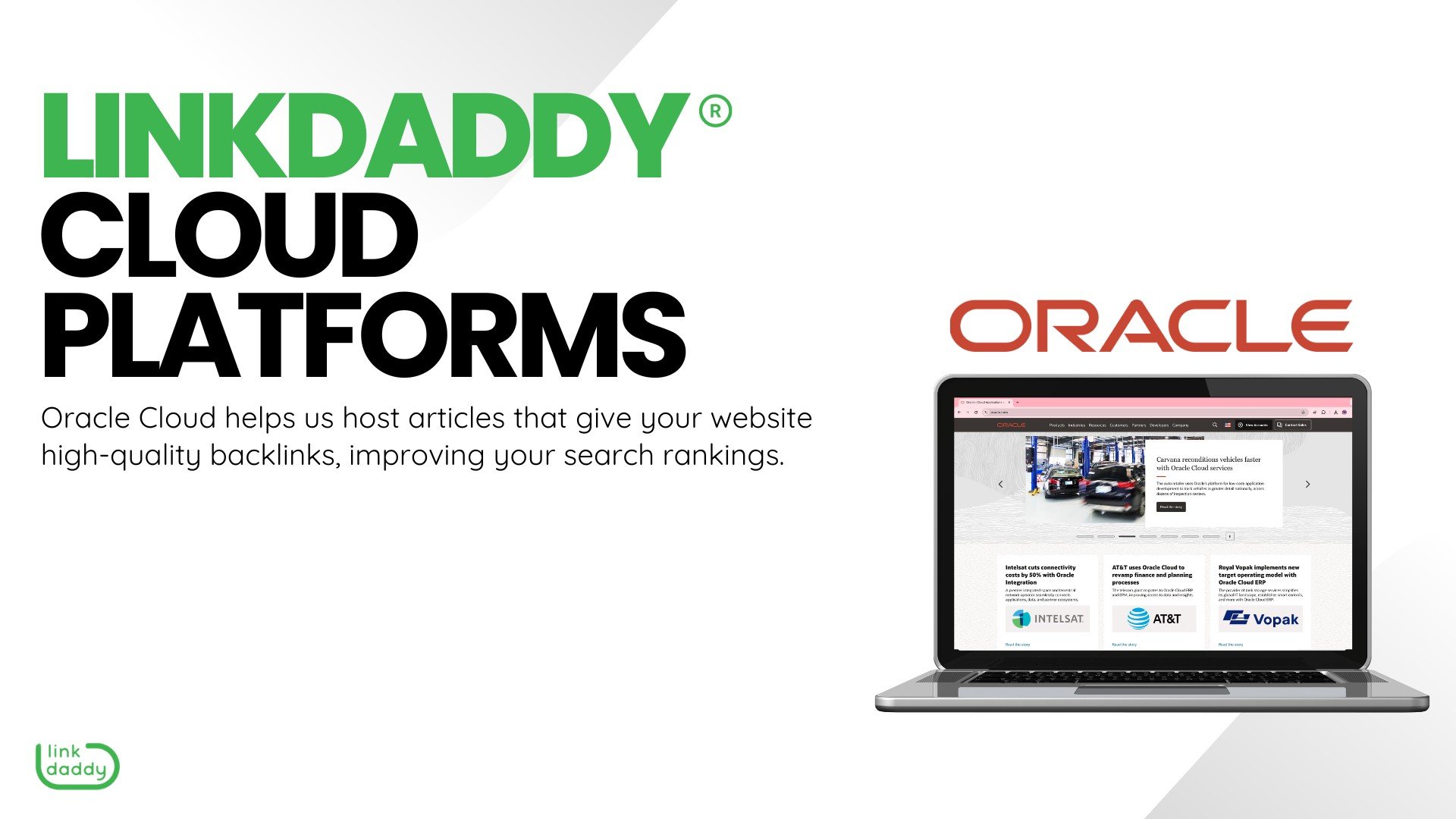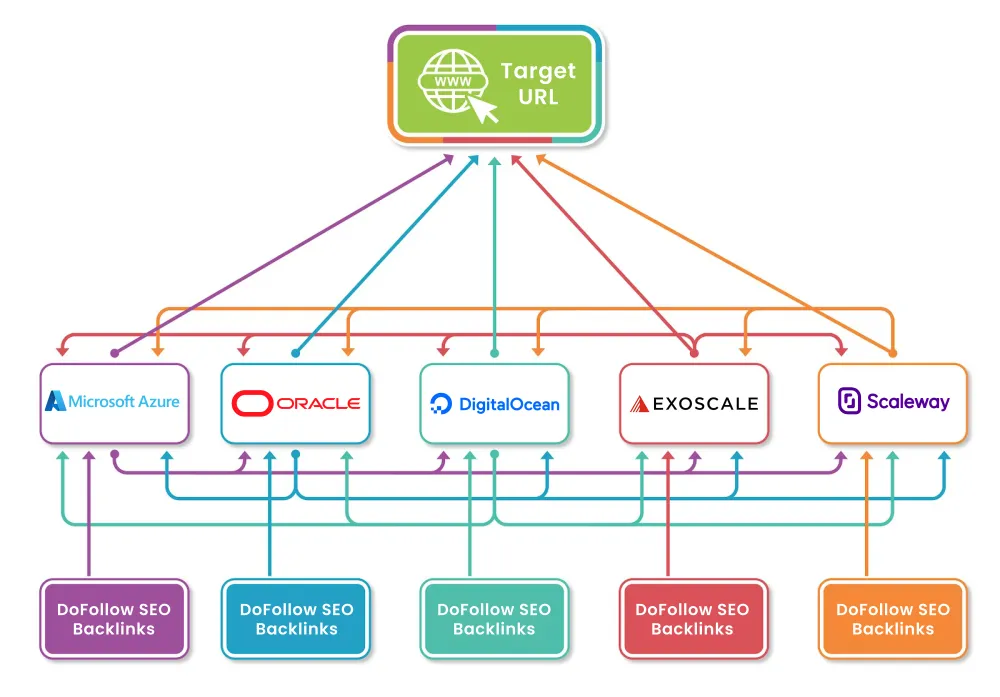Comprehending the Various Sorts Of Cloud Services and Their Usages
In today's electronic landscape, the realm of cloud computing offers a varied selection of services that accommodate the requirements of individuals and services alike. From Facilities as a Service (IaaS) to Software Application as a Service (SaaS), each type of cloud service offers a distinct function and supplies distinct benefits. Comprehending the differences between these different cloud designs is vital for optimizing operations, boosting scalability, and ensuring cost-efficiency in a progressively interconnected globe. By exploring the nuanced performances and applications of each cloud service, one can navigate the complexities of cloud computer with precision and insight.
Infrastructure as a Service (IaaS)
Facilities as a Solution (IaaS) supplies users with virtualized computing resources over the web on a pay-as-you-go basis. This cloud computer version delivers necessary IT infrastructure such as virtual machines, storage, and networking without the requirement for companies to purchase and take care of physical web servers and data centers. With IaaS, individuals can scale resources up or down based on their needs, providing flexibility and cost-efficiency.
Among the key benefits of IaaS is its ability to rapidly arrangement and deploy framework parts, allowing companies to react promptly to transforming demands and market problems. By contracting out infrastructure monitoring to the provider, organizations can concentrate a lot more on their core business activities instead than dealing with the complexities of equipment upkeep and upgrades.
Additionally, IaaS supplies a high level of integrity and protection, with providers generally offering robust information back-up, calamity recovery, and cybersecurity actions. This aids make sure that important company operations stay nonstop and information remains protected against possible hazards. cloud services press release. Overall, Framework as a Service improves IT procedures, enhances scalability, and decreases funding expenses for companies of all dimensions
Platform as a Solution (PaaS)
Structure upon the structure of Infrastructure as a Solution (IaaS), System as a Solution (PaaS) supplies a detailed atmosphere for designers to create, deploy, and take care of applications without the intricacies of underlying infrastructure administration. PaaS provides a platform with devices and solutions that simplify the advancement process, permitting programmers to concentrate on writing code and building applications instead than managing framework worries.

Software as a Service (SaaS)
Software as a Solution (SaaS) changes the way services accessibility and use software application applications by supplying them on a registration basis via cloud suppliers. This cloud computer design removes the demand for organizations to install and keep software application on individual devices, as whatever is hosted and taken care of centrally in the cloud.
SaaS provides an economical remedy for businesses as they go to my site only pay for the software program they make use of without the included expenditures of equipment maintenance or software application updates. It likewise uses scalability, enabling firms to easily readjust their software application needs based on their demands.
Moreover, SaaS applications can be accessed from any type of gadget with a net link, promoting cooperation and flexibility among remote teams. Security is a top concern in SaaS, with service providers executing durable measures to secure information saved in the cloud.
Popular examples of SaaS click for source include consumer partnership monitoring (CRM) software like Salesforce, efficiency devices like Microsoft Office 365, and cooperation systems like Google Workspace. SaaS proceeds to acquire traction in business globe due to its cost-efficiency, comfort, and scalability.
Function as a Solution (FaaS)
With the evolution of cloud services like Software as a Solution (SaaS) streamlining software application shipment, Feature as a Service (FaaS) stands for a standard change in how code is performed in a serverless atmosphere. FaaS allows programmers to create and carry out private features or items of code in response to certain occasions without the demand to manage the infrastructure. This serverless computing version enables developers to concentrate only on composing code to apply particular capabilities, without worrying themselves with the underlying infrastructure or web server administration.
Functions are performed in stateless containers that are spun up and down as needed, making sure optimum source utilization and cost-effectiveness. By extracting the facilities layer, FaaS streamlines development, accelerates time to market, and improves general agility in deploying cloud-native applications.
Storage as a Service (STaaS)
A basic component in cloud computer, Storage space as a Solution (STaaS) provides individuals with a reliable and scalable service for handling data storage space requirements. STaaS permits organizations to store and get information from remote servers through the web, getting rid of the demand for on-premises hardware. This solution uses adaptability by making it possible for individuals to pay just for the storage space they use, making it a cost-effective remedy for companies of all sizes.

STaaS is especially useful for companies with varying storage needs, as it provides a protected and dependable storage space option without the requirement for significant ahead of time investments. By leveraging STaaS, organizations can simplify their data monitoring procedures, improve access, and improve data protection in a cost-effective manner.

Conclusion
In verdict, recognizing the different types of cloud services and their uses is necessary for people and businesses looking to take advantage of the advantages of cloud computer. By making use of the appropriate cloud solution, companies can improve their efficiency, scalability, and flexibility in handling their IT infrastructure and applications.
From Infrastructure as a Solution (IaaS) to Software Program as a Service (SaaS), each kind of cloud service offers a special objective and offers distinct benefits. universal cloud Service. By discovering the nuanced capabilities and applications of each cloud service, one can navigate the complexities of cloud computing with accuracy and insight
With the development of cloud services like Software application as a Solution (SaaS) improving software application shipment, Feature home as a Service (FaaS) represents a standard shift in how code is executed in a serverless environment.In final thought, understanding the different types of cloud services and their usages is important for people and companies looking to leverage the advantages of cloud computing. By utilizing the appropriate cloud solution, organizations can boost their effectiveness, scalability, and versatility in managing their IT framework and applications.